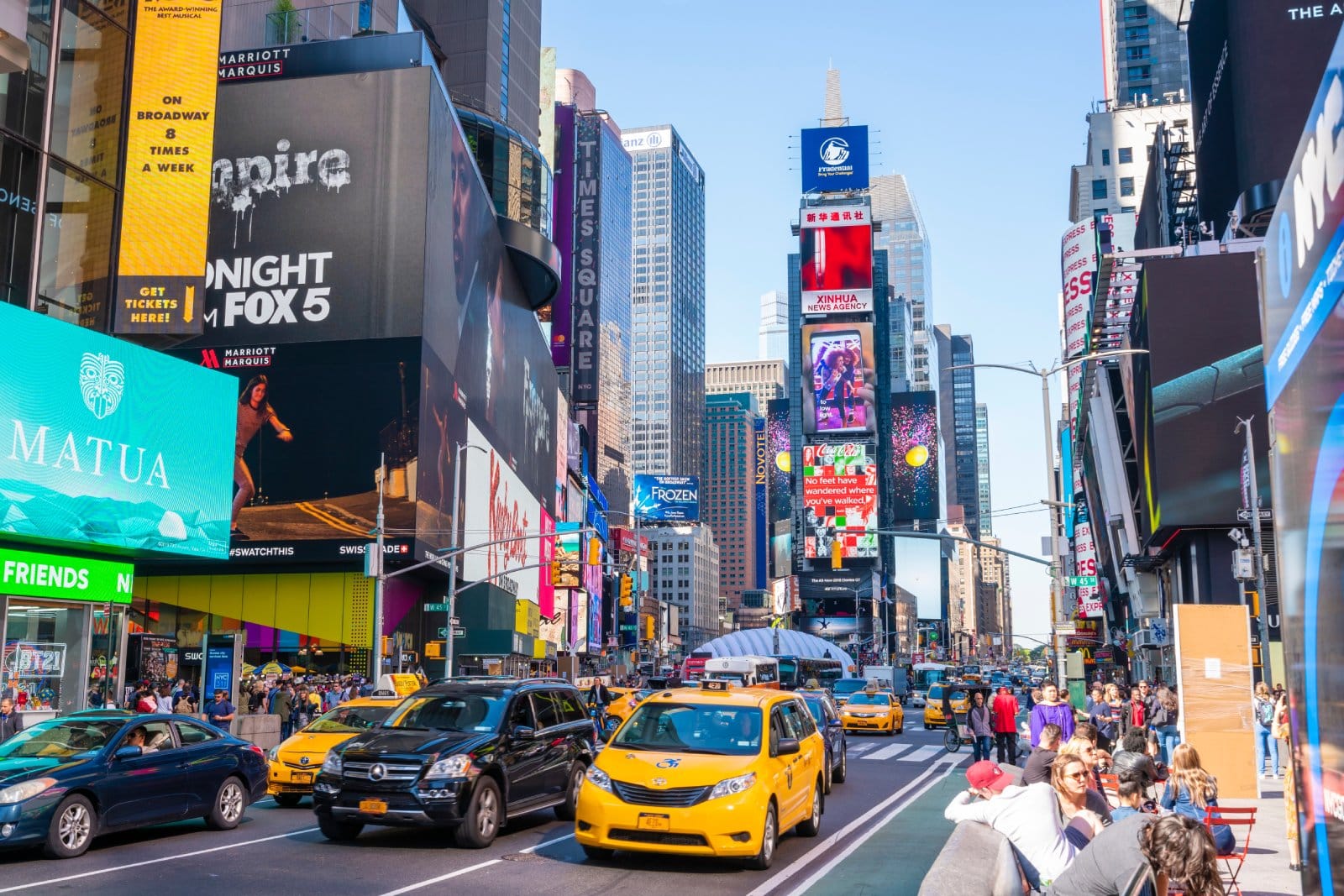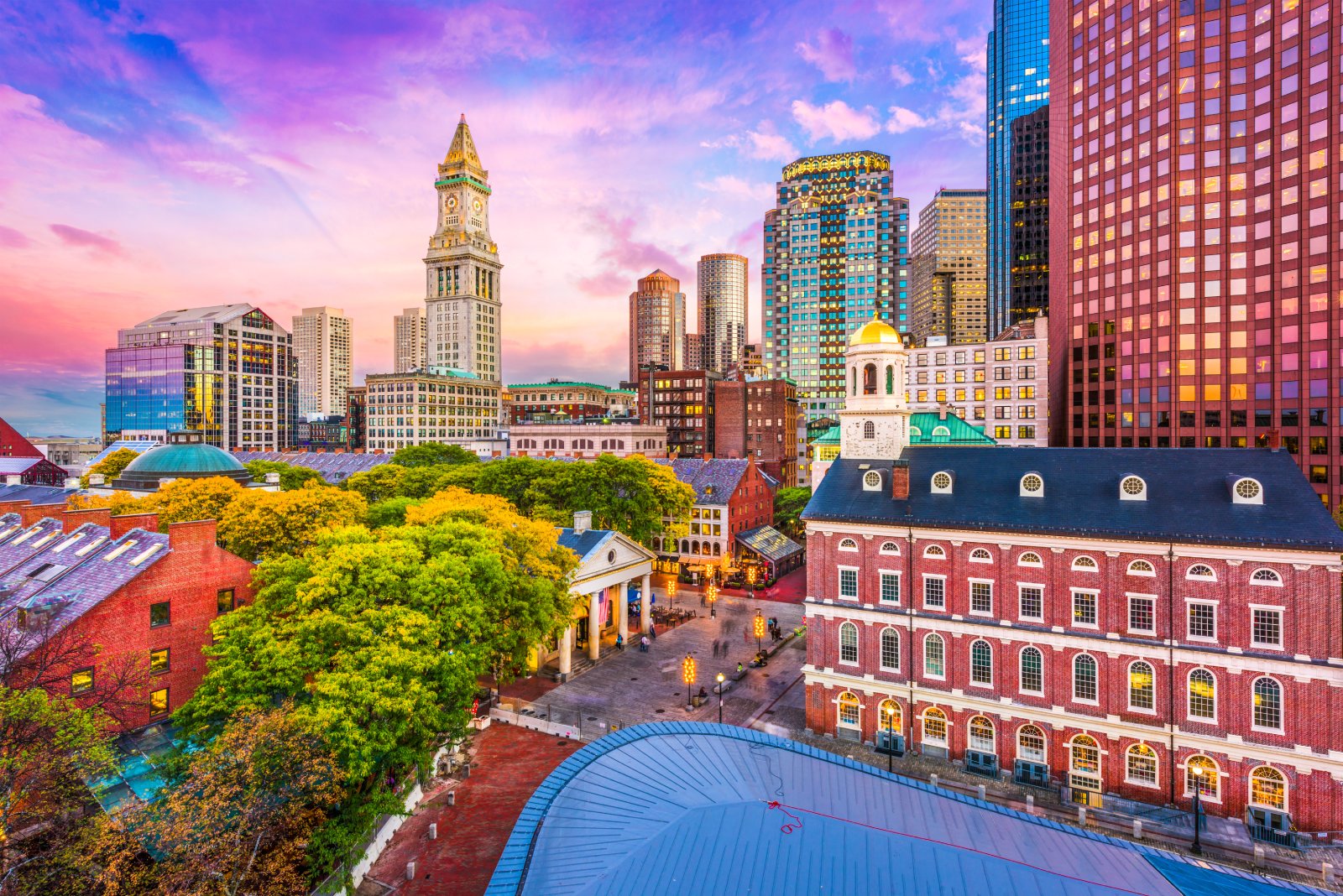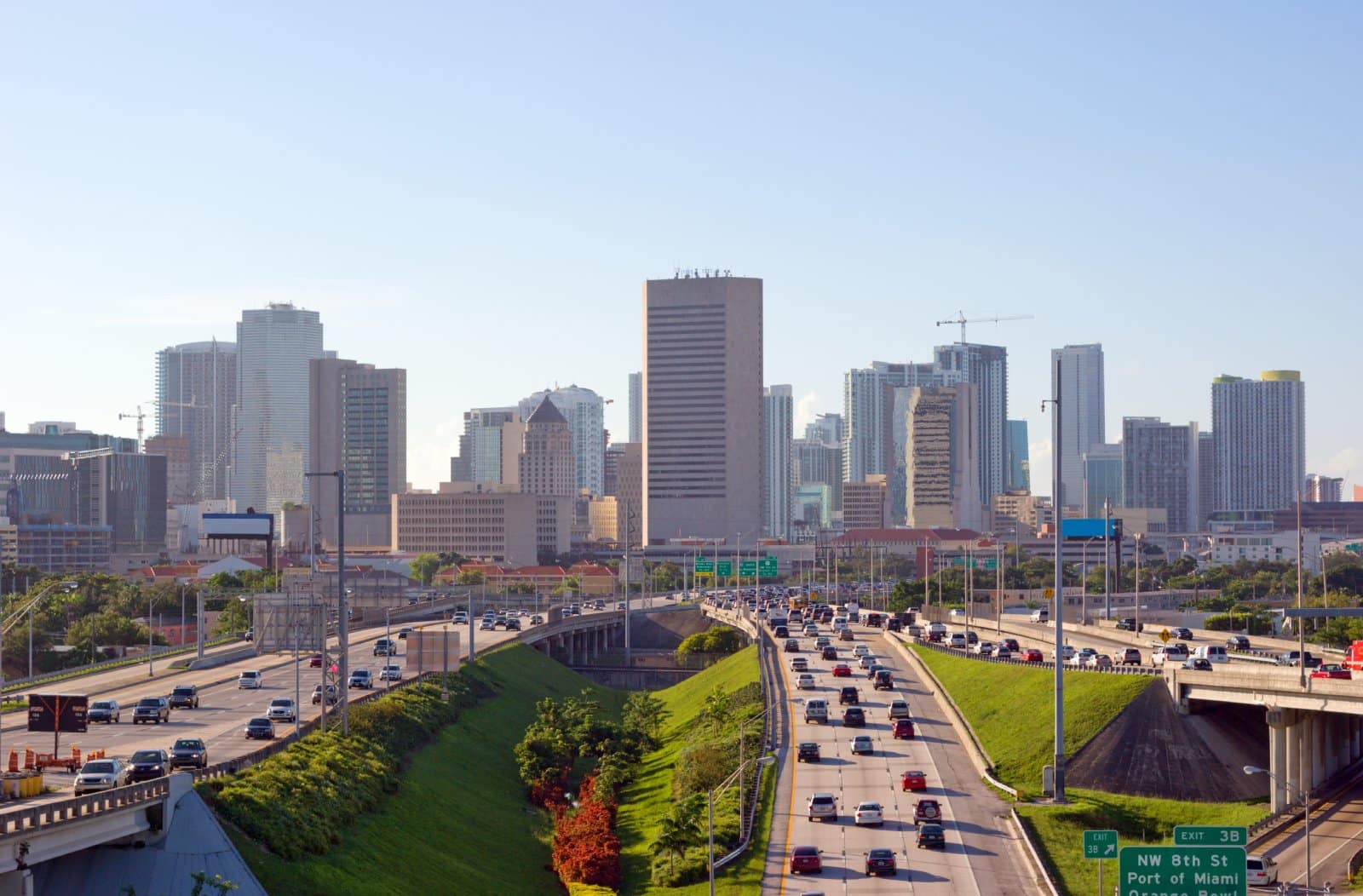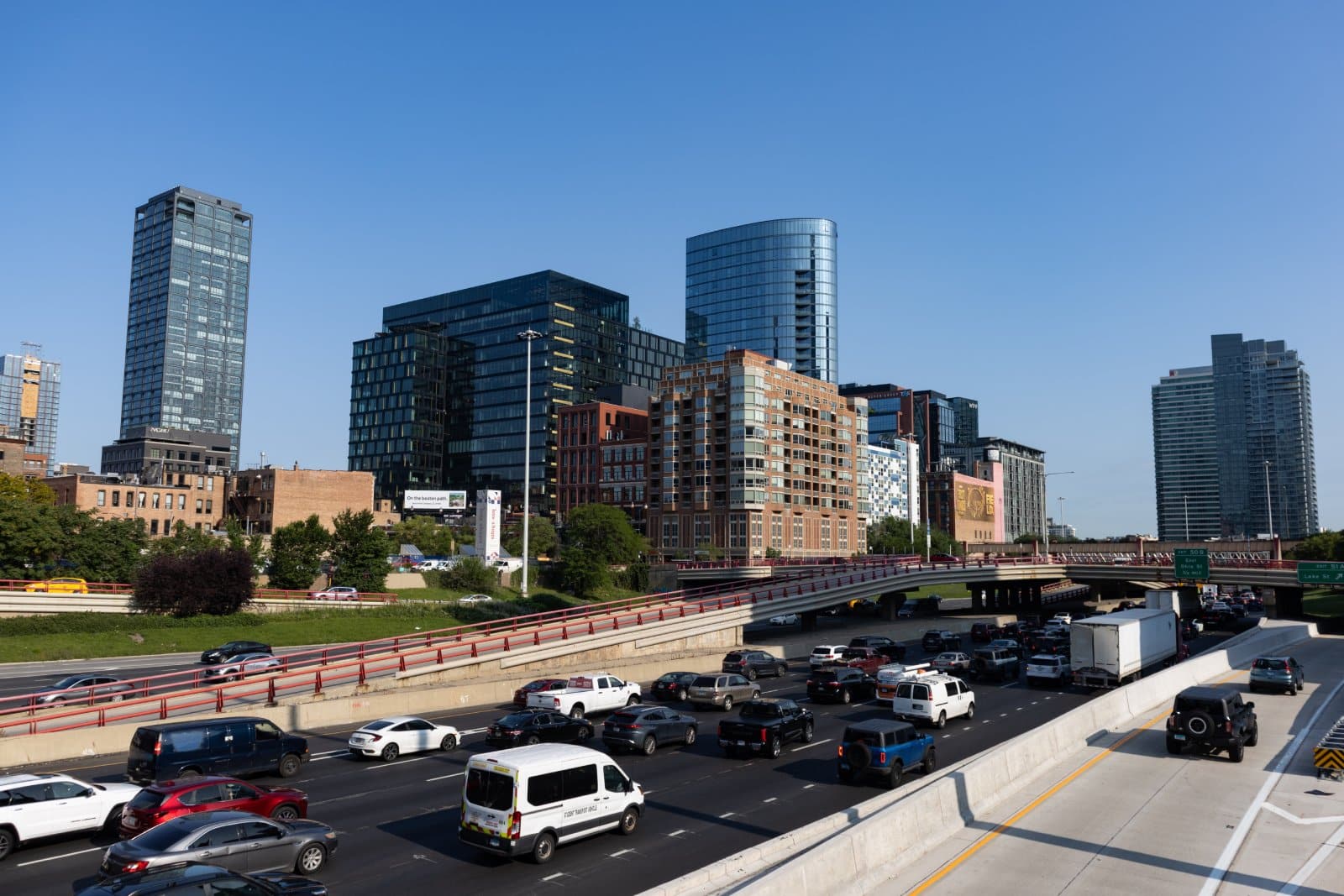In 2024, the cost of living continues to rise across the United States, putting a strain on household budgets. Here are 20 states where residents are feeling the pinch the most.
1. California

California remains one of the most expensive states to live in, with high housing costs leading the charge. The average home price is over $750,000, and rental prices have skyrocketed. Everyday expenses, from groceries to gas, are significantly above the national average.
2. New York

New York, especially New York City, sees relentless increases in living costs. The average rent for a one-bedroom apartment in Manhattan is now over $4,000 per month. Food and transportation costs also continue to climb, making it tough for residents to keep up.
3. Massachusetts

Massachusetts faces soaring housing and healthcare costs. The average home price in the Boston area exceeds $650,000. Healthcare premiums and medical services are among the highest in the nation, contributing to the overall high cost of living.
4. Hawaii

Hawaii’s isolated location leads to extremely high living costs. Groceries and utilities are expensive due to shipping costs. Housing prices in Honolulu average over $800,000, making it one of the priciest markets in the country.
5. Washington

Washington state, particularly the Seattle area, has seen a significant rise in housing costs. The average home price in Seattle is over $750,000. Additionally, the state’s gas prices are among the highest in the nation.
6. Oregon

Oregon’s cost of living is driven by high housing costs and rising food prices. Portland’s average home price is around $550,000, and the cost of groceries is climbing faster than the national average.
7. New Jersey

New Jersey residents face high property taxes and housing costs. The average home price is over $450,000, and property taxes are some of the highest in the country. Transportation costs also add to the financial burden.
8. Maryland

Maryland’s proximity to Washington D.C. drives up the cost of living, particularly in housing. The average home price in the state is around $400,000. Healthcare and transportation costs are also significantly higher than the national average.
9. Connecticut

Connecticut continues to see high costs in housing and healthcare. The average home price is over $350,000, and residents pay some of the highest healthcare premiums in the country. Utilities and transportation costs are also above average.
10. Colorado

Colorado, especially the Denver area, is experiencing rising living costs. The average home price in Denver is over $600,000. Additionally, the cost of groceries and healthcare services has increased significantly.
11. Alaska

Alaska’s remote location contributes to its high cost of living. Goods must be shipped long distances, raising prices for groceries and other essentials. The average home price in Anchorage is around $400,000, and utilities are costly due to extreme weather conditions.
12. Florida

Florida’s cost of living is driven by high housing and healthcare costs. Popular areas like Miami and Orlando see average home prices around $400,000. Insurance premiums and healthcare costs are also rising rapidly.
13. Virginia

Virginia, particularly Northern Virginia, faces high housing costs due to its proximity to Washington D.C. The average home price is around $500,000. Additionally, residents face high costs for transportation and healthcare.
14. Vermont

Vermont’s living costs are high, with significant expenses in housing and healthcare. The average home price is over $350,000. Healthcare costs are among the highest in the nation, putting additional strain on residents.
15. Rhode Island

Rhode Island’s small size does not shield it from high living costs. The average home price is over $350,000, and healthcare expenses are rising. Utilities and transportation costs also add to the financial burden.
16. Illinois

Illinois, particularly the Chicago area, faces high housing and property tax costs. The average home price in Chicago is around $350,000. Property taxes and utility costs are also significant contributors to the high cost of living.
17. Pennsylvania

Pennsylvania sees rising costs in housing and healthcare. The average home price is over $250,000, but cities like Philadelphia are much higher. Healthcare premiums and medical services costs continue to climb.
18. New Hampshire

New Hampshire’s cost of living is driven by high housing and healthcare costs. The average home price is over $350,000. Additionally, the state has high costs for utilities and transportation.
19. Texas

Texas, particularly cities like Austin and Dallas, is experiencing a rapid increase in living costs. The average home price in Austin is over $500,000. Groceries, healthcare, and transportation costs are also rising.
20. Arizona

Arizona’s cost of living is climbing, with significant increases in housing and healthcare costs. The average home price in Phoenix is around $450,000. Utility costs, particularly for air conditioning, add to the overall expenses.
The Financial Squeeze

These 20 states are seeing soaring costs that make it harder for residents to make ends meet. With rising prices in housing, healthcare, and everyday expenses, the financial pressure is mounting. Are you feeling the squeeze where you live?
23 Steep Taxes Adding to California Residents’ Burden

California: a place of sunshine, innovation, and, unfortunately, some of the nation’s highest taxes. From LA’s beaches to Silicon Valley’s tech hubs, residents grapple with a maze of state taxes. Here’s a glance at 23 taxes that might surprise both Californians and outsiders. 23 Steep Taxes Adding to California Residents’ Burden
Cash in on Nostalgia: 21 Toys Now Worth a Fortune

Time to dust off the boxes and find that once-cherished toy from your childhood. For collectors and enthusiasts, these items have become valued objects, and they can be worth big bucks – are there any of these in your attic? Cash in on Nostalgia: 21 Toys Now Worth a Fortune
Millennials Don’t Buy These 19 Products Anymore

Millennials are changing consumer habits, quietly replacing once-staple products and traditions. Often criticized for their disruptive preferences, this generation is reshaping the marketplace with digital expertise, ethical buying, and a taste for the unconventional. Millennials Don’t Buy These 19 Products Anymore
Featured Image Credit: Shutterstock / TheVisualsYouNeed.
The content of this article is for informational purposes only and does not constitute or replace professional financial advice.
For transparency, this content was partly developed with AI assistance and carefully curated by an experienced editor to be informative and ensure accuracy.
